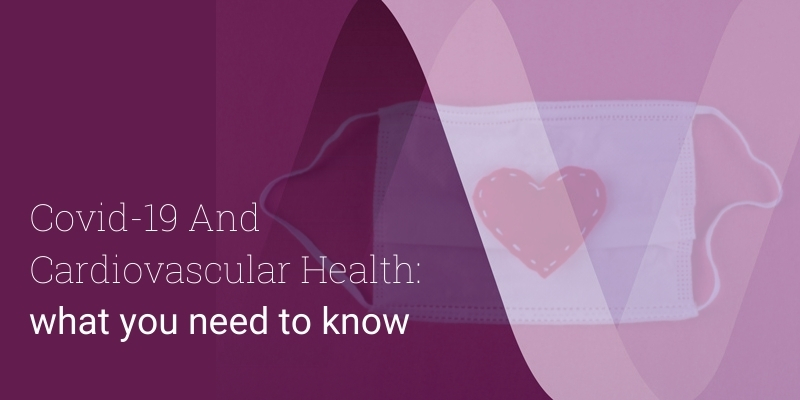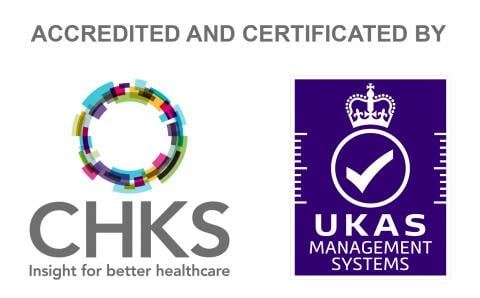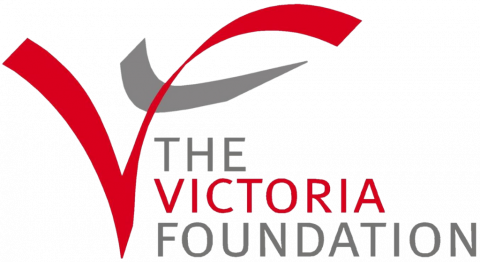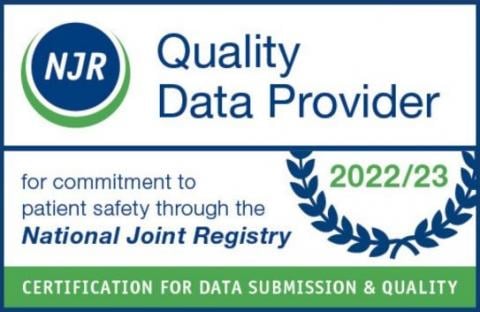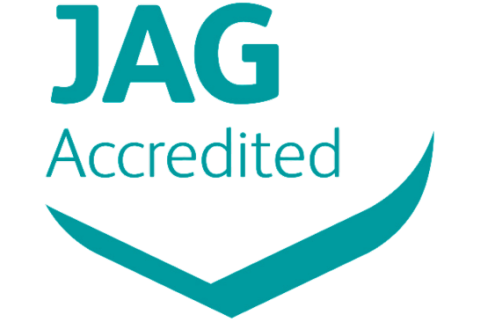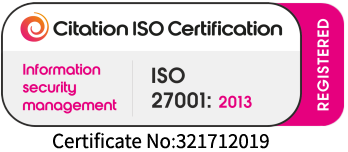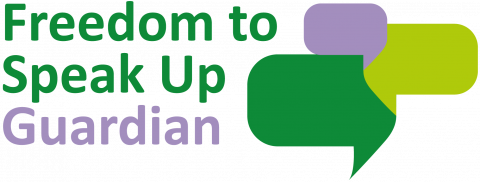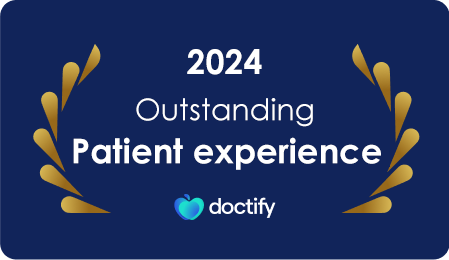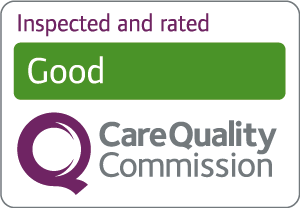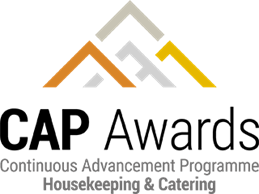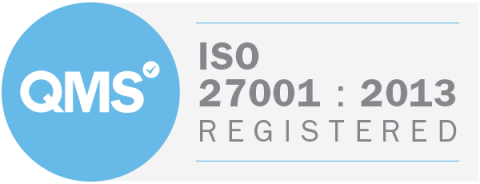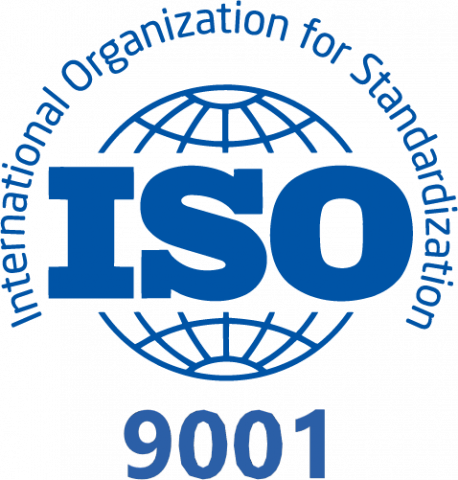
The medical term for high blood pressure is hypertension, but it is also known as the silent killer because often it shows no symptoms while putting you at an increased risk of serious, even fatal, health issues. Dr Nesan Shanmugam Consultant Cardiologist at New Victoria Hospital explains the dangers of high blood pressure, how to measure it accurately, and shares the best tips to manage and lower its risks.
This might come as a shock to you, but recent surveys and studies have revealed that around one in three adults in the UK have high blood pressure and that a third of them don’t even know it. What’s more, misconceptions surrounding this condition are widespread among the general public and can lead to serious consequences.
Be honest – do you know your blood pressure, or what counts as a healthy reading? If not, don’t worry – this blog article will provide you with the key information to understand what is considered a normal blood pressure and how to prevent hypertension risks.
What is Blood Pressure?
Blood pressure (BP) refers to the force exerted by the blood pushing against the walls of your arteries as your heart pumps it around your body. Think of it like water flowing through a garden hose: if the water pressure is too high, it can damage the hose over time. Similarly, persistently high BP can strain your arteries and organs, increasing the risk of serious health problems.
Blood pressure is measured using a cuff, often called a sphygmomanometer, which wraps around your upper arm. This cuff is inflated to temporarily stop blood flow in the brachial artery. As the cuff deflates, blood flow resumes, allowing the machine to record two key numbers:
- Systolic pressure: This is the higher number, indicating the pressure in your arteries when your heart beats and pumps blood.
- Diastolic pressure: The lower number represents the pressure in your arteries when your heart rests between beats.
Both measurements are expressed in millimetres of mercury (mmHg).
What is considered a Healthy Blood Pressure?
Blood pressure readings are presented as systolic over diastolic (e.g., 120/70 mmHg) and are classified into the following categories:
- Normal blood pressure: Less than 120/80 mmHg. This is the ideal level, indicating your heart and arteries are functioning optimally.
- Elevated pressure or Prehypertension: Systolic between 130–139 mmHg. While not yet classified as hypertension, this range signals a need for lifestyle adjustments to prevent further increases.
- High blood pressure or Hypertension: Systolic 140 mmHg or higher. Readings in this range indicate that lifestyle changes, even medical intervention and medication, are necessary to prevent complications.
Measuring and diagnosing High Blood Pressure
Many people discover they have high blood pressure during routine GP visits, as it often presents no symptoms. If a high reading is recorded at the clinic, your GP may suggest:
- 24-hour Ambulatory Monitoring: Wearing a device that records your BP throughout the day.
- Home Monitoring: Using a personal BP machine to take multiple readings at different times for a more comprehensive picture.
These methods help eliminate ‘white coat syndrome’, where anxiety in a clinical setting temporarily raises blood pressure. They also help to minimise the likelihood of incorrect readings owing to the dynamic nature of blood pressure and its fluctuations due to different activities, meals, foods, moods and times of the day.
Are wrist blood pressure monitors and health-tech devices reliable?
While both arm and wrist monitors can measure BP, arm monitors are generally considered more accurate. That’s because the brachial artery in the upper arm is at heart level, so measuring there provides a more reliable reading.
Wrist monitors can be convenient, especially for those with larger arms, but they are more sensitive to your body’s position. To ensure accuracy with wrist monitors, keep your wrist at heart level and remain still during the measurement.
Inspired by the imaginary diagnostic device used by the fictional character Dr Leonard McCoy in Star Trek, scientists and engineers are still working on developing a cuffless monitor that could provide reliable BP and vital signs measurements. While various manufacturers have come up with their own novel versions of “tricorders”, such as phone applications, smartwatches and other wearables, you should be warned that, for the time being, their BP measurements still have serious issues with accuracy that could result in misleading conclusions.
Why Hypertension is dangerous
Hypertension is often a silent condition, and many people are unaware they have it until complications arise. Referred to as the silent killer, it is the leading cause of cardiovascular disease and premature death worldwide. Even without symptoms, left untreated, high blood pressure can lead to serious health issues:
- Heart problems: Increased strain on the heart can lead to thickening of the left ventricle, the heart's lower left chamber, heart attacks and heart failure.
- Vascular damage: High pressure damages artery linings, promoting fatty build-up (atherosclerosis), which restricts blood flow.
- Kidney disease: Reduced blood flow impairs kidney function, potentially leading to kidney failure.
- Stroke: Increases the risk of clots and vessel rupture in the brain.
Common causes of High Blood Pressure
While ageing naturally increases blood pressure, lifestyle factors play a significant role:
- Diet high in salt and unhealthy fats
- Smoking and alcohol consumption
- Lack of physical activity
- Excess weight
In rare cases, high BP may be caused by an underlying health issue, such as obstructive sleep apnoea, kidney artery narrowing (renal artery stenosis) or hormonal disorders (e.g., pheochromocytoma). This is called secondary hypertension, which tends to appear suddenly and cause higher blood pressure than the primary hypertension. Different medicines can also lead to high BP, so it is important that you consult your treating physician or Cardiologist before starting new medication or supplements.
High blood pressure in women
For women, managing blood pressure present unique challenges. After menopause, the decline in both oestrogen and androgen levels often results in stiffer arteries and is a major contributor to cardiovascular aging. These hormonal changes, coupled with the common post-menopausal weight gain, significantly increase the risk of developing hypertension compared to their male counterparts.
During the reproductive years, 1–5% of pregnant women develop pre-eclampsia – a spike in blood pressure that typically resolves after childbirth but leaves a significant and lasting impact on cardiovascular health.
Additionally, women with polycystic ovary syndrome (PCOS) may find themselves more susceptible to elevated blood pressure. Even the use of oral contraceptive pills, particularly in those with a family history of hypertension, may cause an increase, making regular monitoring essential.
Lifestyle hacks to lower blood pressure
The best way to prevent or manage hypertension is through lifestyle modifications:
- Stay active: Aim for at least 30 minutes of moderate to vigorous exercise (e.g., brisk walking, swimming), five days a week, plus resistance training 2–3 times weekly.
- Achieve a healthy weight: Focus on maintaining a weight that supports your overall health. For some, even small adjustments might make a big difference – whether that’s reducing, maintaining, or even increasing weight – with an emphasis on improving body composition, which in turn can positively influence blood pressure and cardiovascular health.
- Adopt a healthy diet: The DASH diet (Dietary Approach to Stop Hypertension) promotes heart health with a focus on fruits, vegetables, whole grains, and lean proteins. Leafy green vegetables and beetroot juice have great pressure-lowering properties. As do regular consumption of flaxseeds (30g/day) and blueberries (1 cup of blueberries per day). Limit your salt intake to under 5 grams.
- Cap your caffeine: Limit caffeine to less than 400 mg per day. However, if you simply can’t resist your beloved black brew, cap it at three cups – best enjoyed in the morning.
- Foods high potassium: Potassium is beneficial for heart health and helps counterbalance the effects of sodium (see the table below).
- Limit alcohol: The less, the better – under 14 units per week and spread out over several days.
- Manage stress: Techniques such as mindfulness, yoga, or deep breathing exercises help to keep pressure down.
- Improve sleep quality: Aim for a consistent bedtime with 7–9 hours of quality sleep each night. Avoid screens before bed and create a calm sleeping environment.
- Quit smoking/vaping: Nicotine raises blood pressure. Seeking professional support will improve your chances of stopping for good.
| Potassium content of selected foods* | |
|---|---|
| FOOD | POTASSIUM (mg per 100 grams) |
| Beet greens, cooked | 903 |
| Flaxseeds | 793 |
| Raisins | 749 |
| Baked potato, with skin | 531 |
| Black beans, cooked | 374 |
| Banana | 358 |
| Kale, raw | 348 |
| Salmon, canned | 336 |
| Carrots, baby, raw | 320 |
| Spinach, cooked from frozen | 301 |
| Broccoli, cooked from fresh | 291 |
| Cantaloupe, raw | 267 |
| Tomato, fresh | 237 |
| Yoghurt, low fat, plain | 234 |
| Blueberries, dried | 214 |
| Orange | 181 |
| Milk, 1% | 150 |
| *Potassium Intake of the U.S. Population. Food Surveys Research Group Dietary Data Brief No. 10, September 2012. |
When medication is necessary
If lifestyle changes alone are not enough, and your blood pressure remains above 140/90 mmHg, your Cardiologist may prescribe medications after appropriate diagnostic examinations, such as:
- ACE inhibitors
- Angiotensin II receptor blockers
- Diuretics
- Beta-blockers
High blood pressure may be common, but it shouldn’t be ignored. The good news is that with the right knowledge and lifestyle changes, you can take charge of your cardiovascular health and significantly reduce your risk of complications. Whether you need a routine check-up or expert guidance on managing hypertension, professional support is key.
If you are worried about your blood pressure or have a pre-existing heart condition, speak to Consultant Cardiologists at New Victoria Hospital. Call 020 8949 9020 or book your appointment online.


